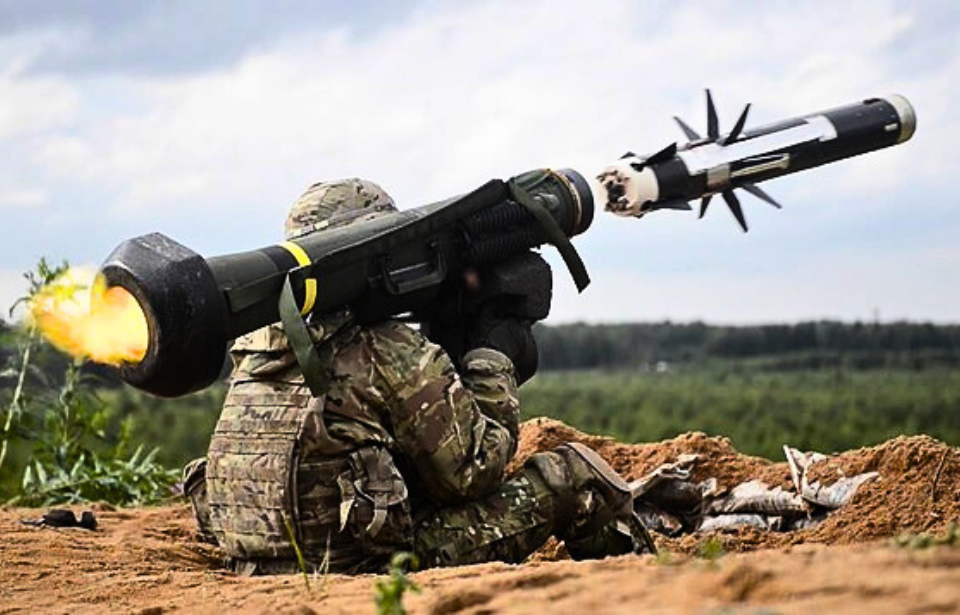The FGM-148 Javelin is part of a line of systems designed to allow infantry to deal with armored targets. This formidable weapon came into service in the mid-1990s and is capable of taking on tanks, buildings and even helicopters. Since its introduction, some 50,000 have been delivered, and the system has become a fundamental asset for infantry.
World War II-era infantry weapons versus tanks
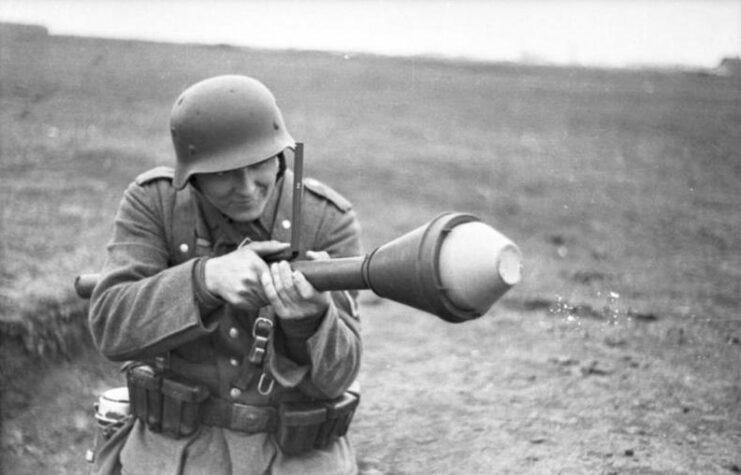
When World War II began, tanks carried even more armor and were essentially invulnerable to anything equipped by infantry. They could reliably be stopped by mines, traps, artillery, dedicated anti-tank guns and aerial attacks, but none of these could be carried with ease by a singular person.
The conflict saw several man-portable anti-tank weapons enter service, like the Bazooka and the Panzerfaust, but they required the operator to be uncomfortably close to the target.
Better systems were developed, but they still weren’t good enough
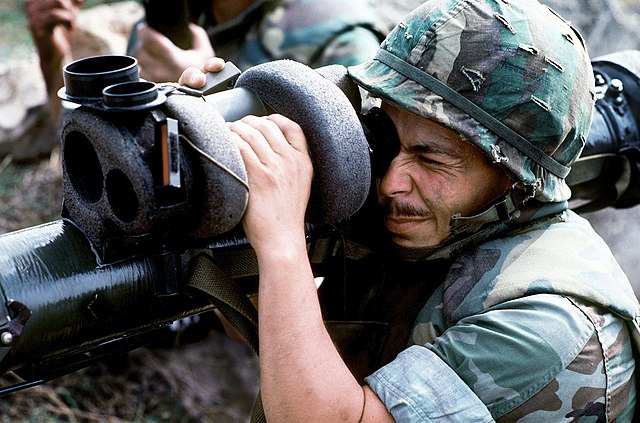
In the years after World War II, there were some notable leaps in portable anti-tank weapons development. The M47 Dragon and the BGM-71 TOW helped considerably, as they offered enormous armor penetration capabilities and much better range.
However, neither of these systems was perfect. Their wire guidance meant operators had to stay in one location, and they emitted violent backblasts. The M47 Dragon also had a range of less than a mile, which put those using it within range of an enemy tank’s heavy machine guns. These drawbacks meant operators were vulnerable to return fire.
The FGM-148 Javelin missile solved these drawbacks. Introduced in 1996 and first equipped by the 3rd Battalion, 75th Ranger Regiment at Fort Benning (now Fort Moore), Georgia, it quickly replaced the M47 Dragon, with the latter removed from service in the United States by the early 2000s.
Introducing the FGM-148 Javelin
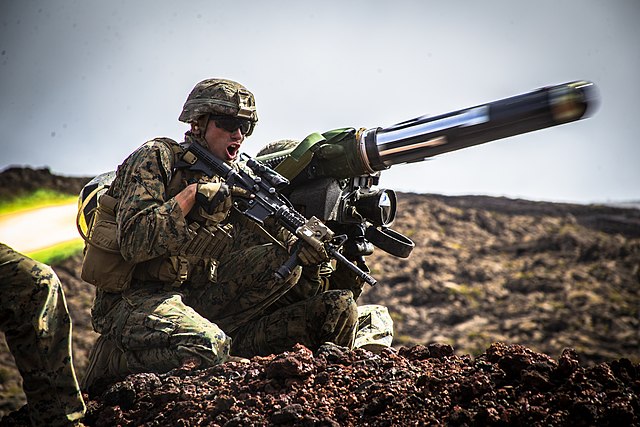
The FGM-148 Javelin does away with wire guidance and, instead, uses an automatic infrared guidance system. It’s a fire-and-forget weapon, meaning as soon as it’s fired, the operators can relocate and take cover. Equipped by the US Army and Marine Corps, it’s a costly, yet important weapon, with each unit having a purchase price of $176,000.
Upon firing, the missile experiences a “soft launch,” which propels the projectile out of the launch tube without the flight motor igniting. After a short delay, the motor kicks in, powering the missile to its target. The advantages of a soft launch are twofold: it protects the user by reducing the effect of backblast associated with missile launchers and reduces the amount of dust kicked up by the rocket motor.
After launch, the missile uses an onboard infrared imaging and tracking system to accurately make its way to its target without any assistance from the operator. The weapon has a range of up to 2.95 miles, keeping users well out of harm’s way. The actual High-Explosive Anti-Tank (HEAT) warhead itself is a tandem charge: it first detonates explosive reactive armor to clear the way for the main charge, which can penetrate between 23-31 inches of steel.
When is it best to use the FGM-148 Javelin?
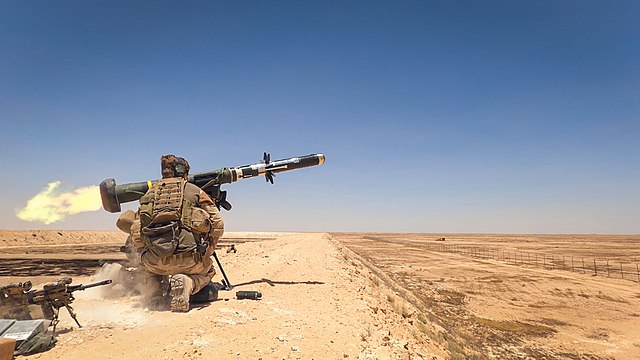
One of the more interesting features of the FGM-148 Javelin is its top-attack ability. The projectile can ascend to a maximum height of 150 meters and strike a tank from a steep trajectory. This exposes the missile’s top armor, which is usually very thin. However, the Javelin is just as capable in a direct-attack flight path, which is particularly useful against helicopters.
The weapon’s HEAT warhead is designed for an anti-armor role, but it can be equally deadly against buildings and unarmored vehicles. Its Multi-Purpose Warhead (MPWH) is even deadlier against personnel, thanks to its devastating fragmentation.
More from us: Heckler & Koch: The Cold War-Era Battle Rifle That’s Stood the Test of Time
Want War History Online‘s content sent directly to your inbox? Sign up for our newsletter here!
Essentially, with the FGM-148 Javelin, infantrymen are no longer sitting ducks when faced with enemy tanks.
